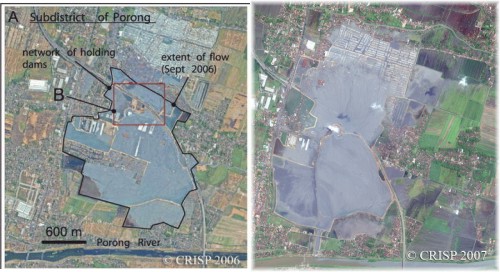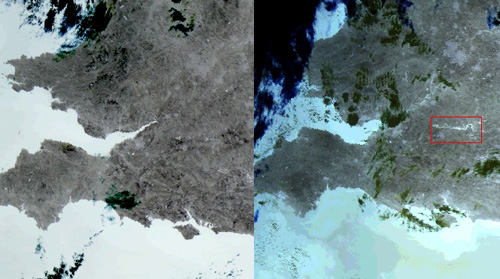I think it’s safe to say that my week is never going to feature prominently in the annals of geological science. I’ve spent most of it standing in front of a rock saw, cutting up the cores that I collected from the White Mfolozi River, and getting very muddy in the process. When I haven’t been doing that, I’ve been labelling the resultant samples, and checking that the all-important orientation marks are still clear. Suffice to say, my brain has not been especially taxed by this activity, and the only discovery I have made is the stunningly obvious one that ultra-hard Archean metabasalts are much easier to chop up than friable and fractured Neogene mudstones. Not that this is a bad thing: not having to try and piece together every other sample from the tiny fragments it has exploded into on contact with the saw blade is a pleasant change from my previous experiences in the rock-cutting room.
However, whilst this may not be the most exciting thing that I’m ever going to do, it’s still important; it’s one more step on the long road to actually – hopefully- getting some decent paleomagnetic data to play with. In my lab there are now a whole array of samples laid out, ready to be measured, zapped and/or heated, remeasured, rezapped and/or reheated, remeasured… and after all that, I’ll be able to have my first look at whether these rocks do indeed record a 3 billion year-old magnetic signal, and start thinking about what it tells us. That’s the thing about experimental science; you have to put in a lot of grunt work before the ultimate pay-off.
There is another plus, too: it may be menial, but when you’ve spent a day cutting and running samples, you’re rewarded with the feeling of making tangible progress, which you sometimes miss when you’re endlessly rewriting the same paragraphs for a paper, or fiddling about with the best plot for your data. I set out to do something, and it’s done. No rewrites, no second thoughts, no hazy feelings that it could/should be better. Saying, ‘I prepared 100 samples today’ probably isn’t going to impress anyone else, but it feels good all the same.
The Authors
Search this blog
Categories
Archives
-
Recent Posts
- No chatbots please, we’re scientists
- Golden spike or no golden spike – we are living in the Anthropocene
- We are late bending the climate change curve – but bending it still matters
- The changing picture of the Martian core
- Rivers might not need plants to meander
- Has Earth’s mantle always worked like it does today?
- How the UK’s tectonic past is key to its seismic present
- A new recipe for Large Igneous Provinces: just add BIF, then wait a couple of hundred million years
-
Recent Comments
For lot's more videos on soil moisture topics, see Drs Selker and Or's text-book support videos https://www.youtube.com/channel/UCoMb5YOZuaGtn8pZyQMSLuQ/playlists
[…] Announcing STORMS | Highly Allochthonous on Recent News […]






Nice plan for content warnings on Mastodon and the Fediverse. Now you need a Mastodon/Fediverse button on this blog.